
March 2007
- Heard Loud and Clear
- Conrete Burns Are Big Troulbe
- Checked Your Lanyard Lately?
- The Long Debate Over Belt Air
Click here to subscribe.
Cover Story
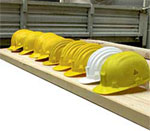
By Michael Lloyd
MILLIONS of hard hats are worn every day. In fact, the hard hat is one of the most recognizable pieces of safety equipment in the industrial workplace. It's also one of the most important pieces of safety equipment because it protects the brain. Unfortunately, this ubiquitous piece of personal protective equipment (PPE) is rarely part of an inspection, maintenance, or replacement program.
Features
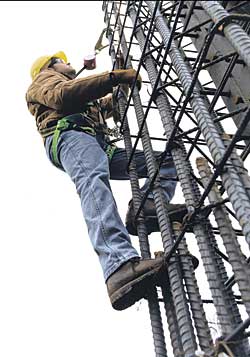
By Hugh Smith
ON-THE-JOB injuries cost employers nearly $1 billion per week in payments to injured employees and their medical care providers, according to Boston-based Liberty Mutual, the leading private provider of worker's compensation insurance in the United States. Where do the injuries come from? Falls are one of the leading causes of deaths in the workplace, according to the National Safety Council.
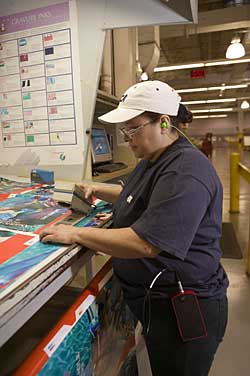
By Randy DeVaul
MORE than 30 million workers are exposed to hazardous noise levels in the workplace. It is estimated that costs just for work-related hearing disability exceed $242 million annually! The National Institute for Occupational Safety and Health reports hearing loss is one of its priority areas for research for this century. Noise-induced hearing loss is the most common way for a person to lose hearing; one out of every 10 Americans suffers a loss of hearing severe enough for it to affect daily conversation and how normal speech is understood.
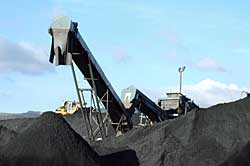
By Marc Barrera
LAST year's spike in mining accidents, which began with the Sago mine explosion Jan. 2 and was followed 17 days later by two fatalities in a conveyor belt fire in the Aracoma Alma #1 mine, also in West Virginia, put a national spotlight on what Cecil E. Roberts, president of the United Mine Workers of America (UMWA), described in his speech before the Senate Committee on Health, Education, Labor and Pensions on March 2 as the Mine Safety and Health Administration's history of "inaction and chronically misdirected efforts."

By Shel Segal
WITH the warm and humid summer months just around the corner, it is important to remember what kind of illnesses and other heat-related ailments can arise from being out in the heat too much.
By Chris Trahan, CIH, Mary Watters
CONCRETE pours thick and cool, like a mud milkshake. On a hot day it may even seem inviting, as more than one homeowner has stepped in, shoeless, to level the surface of a driveway. So the idea that this seemingly harmless substance could be responsible for severe burns runs counter to common sense.
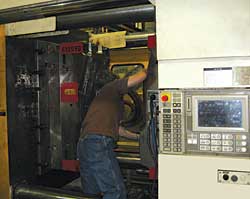
By W. Jon Wallace, CSP, MBA
"Wallace, if we lock out this machine every time we have a pill jam, we will never make any product!"
This was the testy response I received from a production manager while performing a lockout audit at a pharmaceutical plant. With the exception of minor tool changes and adjustments and other minor servicing activities, employees are typically prohibited from placing any part of their body into the point of operation while a piece of equipment is energized. But what about the following scenarios?
By C. Ray Asfahl, Erica R. Asfahl
A difficult issue faced by nearly every safety coordinator for a construction site is what to do about temporary guardrail protection. The temptation is to do the job quickly, get open-sided edges or platforms closed in as quickly as possible, and caution all personnel to be extra careful when it is necessary to approach the edge during the temporary exposure period.
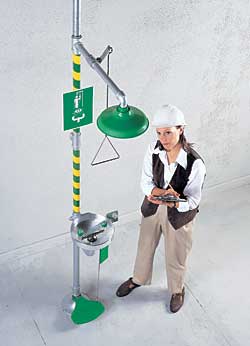
By Casey Hayes
BACK in the days when it was acceptable to factor loss of life into the planning for major public works projects such as dams and bridges, compliance to safety standards was an afterthought. As personal safety became more of a focus, those unsafe conditions gave way to increasingly stringent current regulations and deviation penalties. Today, there are very clearly defined operational safety protocols and preparation requirements to deal with inevitable accidents due to neglect or other circumstances.
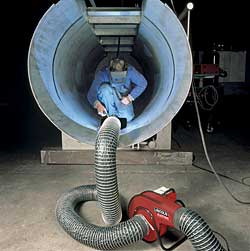
By Christopher J. Cole, MS, CIH, CSP
EMPLOYERS are under continuous pressure to improve quality, increase productivity, provide a safe work environment, and control costs. The key to determining the level of effort needed to comply with the new Hexavalent Chromium (Cr(VI)) Standard is to understand how OSHA has intentionally structured the standard.
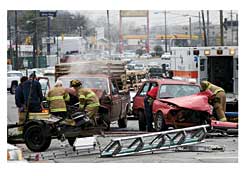
Under Pressure
By Linda J. Sherrard
LIGHTNING-FAST, acutely accurate assessment under pressure and with little information is a matter of course, as is providing consistent, standardized response to life-threatening emergencies--the framework of a first responder's actions. Does it sound easy? These personnel have to project calm reassurance to the victims, no matter what is happening at that moment and, all the while, they're busy saving someone's life.
Departments

By Robert Pater
HOW can your leadership be both spread and focused? This is a critical tension faced by many companies with multiple operations. Stretching, on one hand, to encourage individual sites to determine their own safety interventions; tightening, on the other, toward exerting expert central controls so far-flung plants attain desired, consistent results.
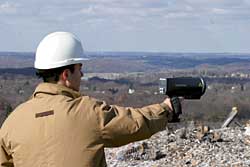
By Ronnie Rittenberry
COMPARED to, say, Uranus, the amount of methane on Earth isn't anything to phone home about. Then again, here on the Third Rock we do have human lives and safety to think about, and as we saw last year in mining disasters from West Virginia to eastern Kentucky and elsewhere, methane is among us in relative abundance, sometimes in deadly concentrations.
By Waldo Waldman
PICTURE this: It's a crisp, clear spring day and you're participating on a combat mission in the "no-fly zone" in southern Iraq. You're flying 550 knots at 22,000 feet with your wingman, who is 2 miles away and exactly 90 degrees to your right. You are both scanning for enemy aircraft, surface to air missiles (SAMS), and radar activity. Over half of your time is spent "checking six"--looking behind you and your wingman to check for unseen threats or movement.
By Michelle Harms
THE word Kaizen is translated from Japanese to mean "continuous improvement." Kaizen events are an organized team effort to improve reliability of a process, reduce setup/lead times, streamline a process, or rapidly implement/re-layout a work center.